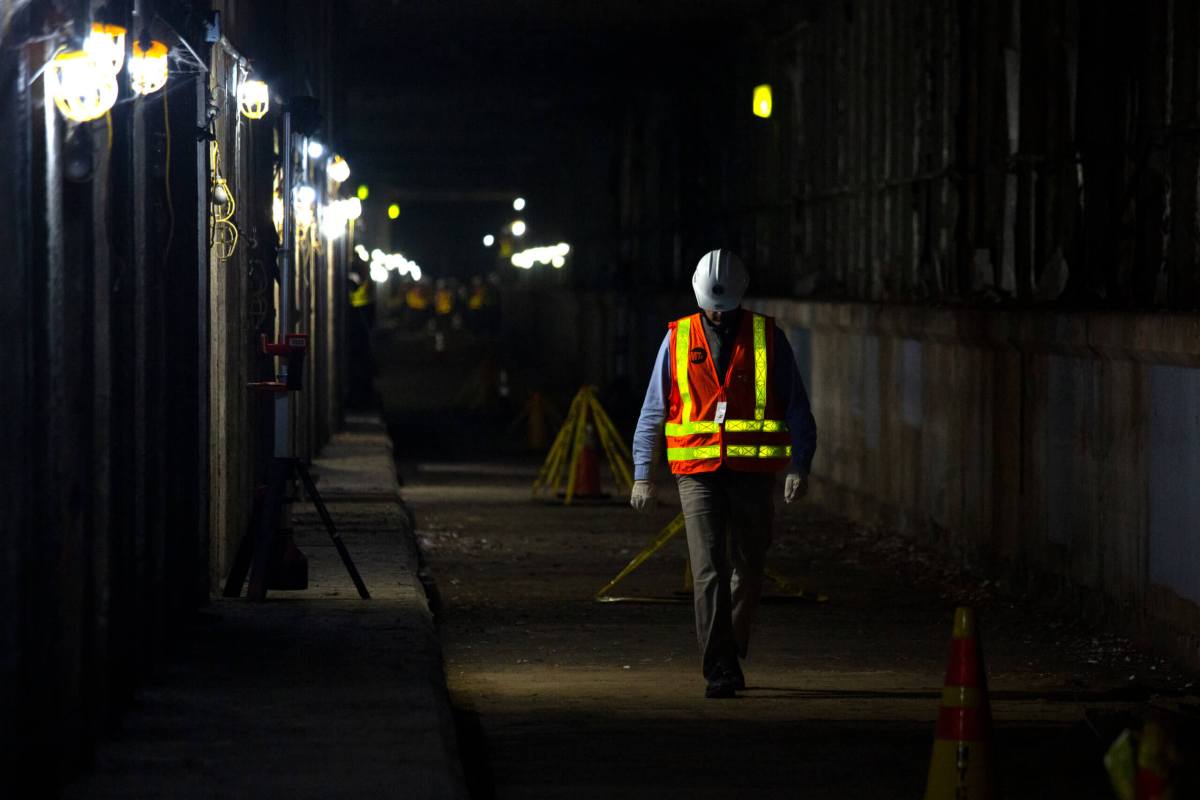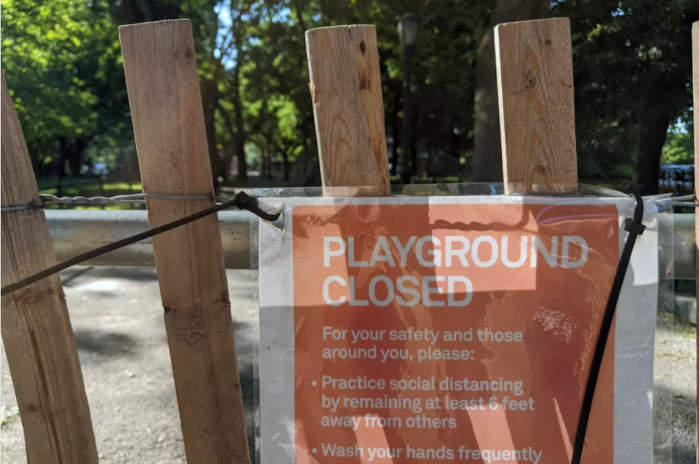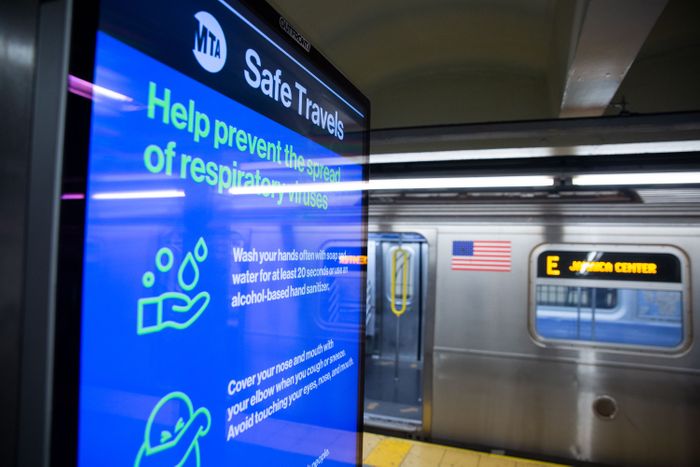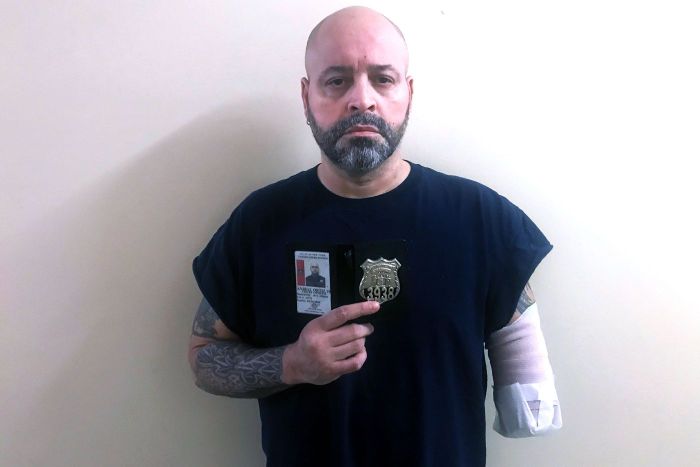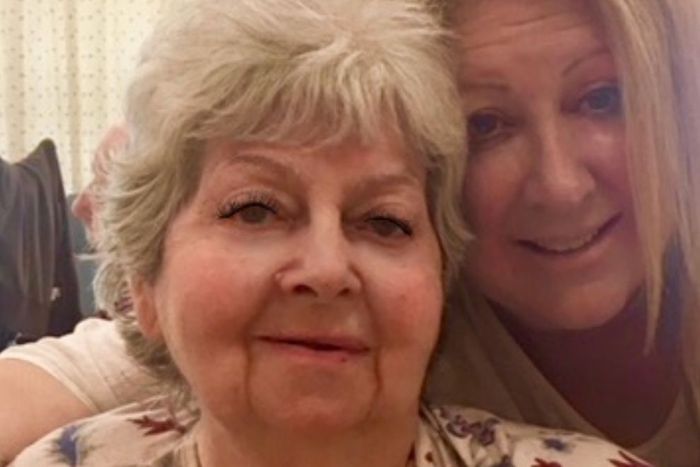This article was originally published on by THE CITY
The now-very-real prospect of securing billions of dollars in federal funding for the next phase of the Second Avenue subway line has state and transit officials dreaming big again about putting the project on the express track.
“Ladies and gentlemen: Next stop, 125th Street!” Gov. Kathy Hochul said last week after touring a tunnel built nearly half a century ago beneath Second Avenue in East Harlem.
But as the MTA seeks to fast-track the next phase of a $6.3 billion project that’s been on the drawing board for decades, it’s running into resistance from some property owners in the path of the Q line’s planned 1.5-mile extension from 96th Street and Second to 125th Street and Lexington Avenue. The line’s Second Avenue stretch currently starts at 72nd Street.
“One of the lessons of the first phase is that if you don’t get the property, it delays the project,” Janno Lieber, the acting MTA Chairperson and CEO, told THE CITY. “The cost implications and the delay of the benefit was very negative on the first phase.”
An environmental assessment for the pending section of the line was completed in 2018, which studied the project’s effect on air quality, open space and safety and security, among many other factors.
The assessment estimates as many as 170 people living in 65 homes would be displaced by the work, and up to 505 workers could be affected within commercial spaces disrupted by the project.
But the MTA said it will likely need less property than originally projected to complete the next phase of the Second Avenue subway line. That’s due to so-called cost-containment strategies and design-build work in which a single contractor handles the design and construction of an entire aspect of the single project.
The Federal Transit Administration concluded the subway extension would not have significant adverse permanent effects on East Harlem — though it acknowledged construction would temporarily affect “traffic, noise and community character,” the assessment reads.
Fight at the End of the Tunnel
Until the federal infrastructure bill passed, funding for the next phase of work had been in question.
“The dreams have always been there, but the money never matched the dreams,” Hochul said last week, proclaiming: “That era is now over.”
Other obstacles remain, however, including the acquisition of dozens of properties the agency has said it needs to complete the next phase of the line.
The owners of several sites near the northern end of the proposed extension sued the MTA in Manhattan federal court this month, accusing the transit agency of thwarting the development of properties near 125th Street and Park Avenue.
 Ben Fractenberg/THE CITY
Ben Fractenberg/THE CITYThe lawsuit argues the sites “were acquired for residential, retail and commercial development,” but “essentially have been vacant lots” because the MTA has prevented them from being developed.
The complaint says the MTA offered $40.7 million in August for 1815 and 1801 Park Ave., with plans to use the properties as an entrance with six elevators and as a space to anchor the tunnel. The offer was rejected by the developers, according to the lawsuit, which was first reported by Law360.com.
The plaintiffs want a “reasonable” monetary judgement and attorney’s fees, as well as “further relief” determined by the court, according to the court papers.
Lawyers for the property owners did not respond to THE CITY’s request for an interview, and the MTA does not comment on pending litigation.
‘Consensual’ Takeovers
Lieber said the MTA wants to make acquisitions in a way that will keep the project on schedule.
“We are taking all the steps to make sure that we can acquire property consensually by negotiation,” Lieber said. “But we also have the usual eminent domain procedures in place.”
The 2018 environmental assessment outlined a preliminary list of up to 41 private properties to be fully or partially acquired for the project.
 Ben Fractenberg/THE CITY
Ben Fractenberg/THE CITY
They include vacant lots and unused buildings for the 106th Street station, a pair of four-story residential buildings with ground-floor businesses for the 116th Street stop and a two-story commercial building near the 125th Street station that houses a pawn shop, a restaurant and a grocery store.
THE CITY reported in September 2020 that the MTA had begun a process mandated by state law toward eventually securing properties along the proposed route and that eminent domain was a last resort.
“We have little say in it,” said Danny Young, whose family-owned laundromat, Lucky Machine Wash, is in a Second Avenue building near East 119th Street that is marked for acquisition. “We’re kind of resigned to it, you know?”
The project would incorporate a tunnel built from 110th to 120th streets in the 1970s, but which was mothballed as a result of the city’s close brush with bankruptcy. The first phase of the line opened in 2017.
Movin’ Out
Carlos Hernandez Jr., whom THE CITY first spoke with for a 2019 story on the project, said the uncertainty over what’s next drove him from his lifelong home in East Harlem.
The 62-year-old said he relocated to Florida last year after selling 2128 Second Ave. — which he inherited from his father — for “dirt cheap” to a real estate group.
The combination of the pandemic’s effect on his tenants in the four-story brick building near East 110th Street, as well as a lack of commitment to funding under the Trump administration, Hernandez said, convinced him to leave the city.
“It seemed like it was going to take forever, so I needed to get rid of the building,” he said. “I had to bail out.”
Hernandez sold the 5,000 square-foot building for $1.5 million, or about $300 per square foot, property records confirm. Yet the average price per square foot in East Harlem in 2019 was $1,000, according to StreetEasy records.
Hernandez said the building was appraised at a much higher price before the threat of eminent domain. With the train project looming, he figures the price he got was the best he could do.
“Two things killed me — one is the MTA and then the COVID,” he said.
A few blocks north, Lu Nicaj said he was glad the building near East 116th Street that houses his tile store will apparently no longer be needed for the subway extension. At one time, he said, it had been pegged for a ventilation plant.
 Jose Martinez/THE CITY
Jose Martinez/THE CITY“The last report we had was that the plan was changed,” he said, referring to an update he received sometime within the past year. “They’re moving it across the street to the northeast corner.”
Nicaj, 58, who owns Eagle Tile, believes the subway extension will be a boon for East Harlem, citing the changes he’s seen near his Yorkville home since the first phase of the Second Avenue line opened.
“I’m sure in the long run, it’s progress for the city,” Nicaj said. “But as far as the neighborhood and the people who live here, it’s a displacement.”
THE CITY is an independent, nonprofit news outlet dedicated to hard-hitting reporting that serves the people of New York.



